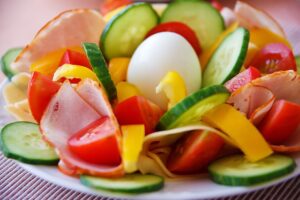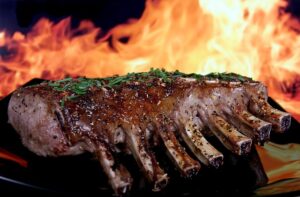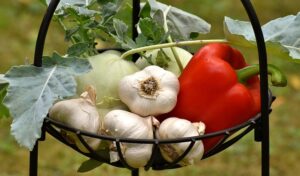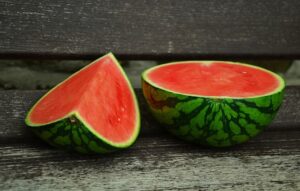Introduction
Carbohydrates are one of the essential macronutrients that provide energy to the body. They are composed of smaller subunits, which are responsible for their various functions. In this article, we will explore the subunits that make up carbohydrates and understand their significance in our diet.
Monosaccharides
The primary subunits of carbohydrates are called monosaccharides. Monosaccharides are simple sugars that cannot be broken down into smaller carbohydrates. They are the building blocks of more complex carbohydrates and are classified based on the number of carbon atoms they contain. Common examples of monosaccharides include glucose, fructose, and galactose.
Disaccharides
Disaccharides are formed when two monosaccharides are joined together through a chemical reaction called dehydration synthesis. This reaction involves the removal of a water molecule. Each disaccharide consists of two monosaccharide units linked by a glycosidic bond. Some well-known disaccharides include sucrose, lactose, and maltose.
Sucrose: Sucrose is commonly known as table sugar and is composed of glucose and fructose. It is found in various sweet foods and is widely used as a sweetener.
Lactose: Lactose is the sugar present in milk and dairy products. It is made up of glucose and galactose. Some individuals may have lactose intolerance, which means they lack the enzyme lactase required to digest lactose.
Maltose: Maltose is formed by the combination of two glucose molecules. It is found in germinating grains and is often used in brewing and baking processes.
Polysaccharides
Polysaccharides are complex carbohydrates composed of many monosaccharide units joined together. They are formed through the process of dehydration synthesis, similar to the formation of disaccharides. Polysaccharides serve as energy storage molecules in plants and animals and also play structural roles.
Starch: Starch is the main energy storage polysaccharide in plants. It is composed of long chains of glucose molecules. Starch is found in foods such as potatoes, rice, and wheat and is a significant source of carbohydrates in our diet.
Glycogen: Glycogen is the storage form of glucose in animals, including humans. It is primarily stored in the liver and muscles and serves as a readily available source of energy. Glycogen is highly branched, allowing for quick and efficient energy release when needed.
Cellulose: Cellulose is a structural polysaccharide found in the cell walls of plants. It is composed of long chains of glucose molecules, but unlike starch, humans lack the enzyme necessary to break down cellulose. However, cellulose provides dietary fiber, which aids in digestion and promotes bowel regularity.
Conclusion
Carbohydrates are composed of subunits called monosaccharides, which are the building blocks of more complex carbohydrates. Disaccharides are formed by the combination of two monosaccharides, while polysaccharides consist of multiple monosaccharide units. Monosaccharides, disaccharides, and polysaccharides play crucial roles in providing energy and structure to living organisms. Understanding these subunits helps us appreciate the importance of carbohydrates in our diet.
References
– Mayo Clinic: www.mayoclinic.org
– National Institutes of Health: www.nih.gov
– Harvard T.H. Chan School of Public Health: www.hsph.harvard.edu












